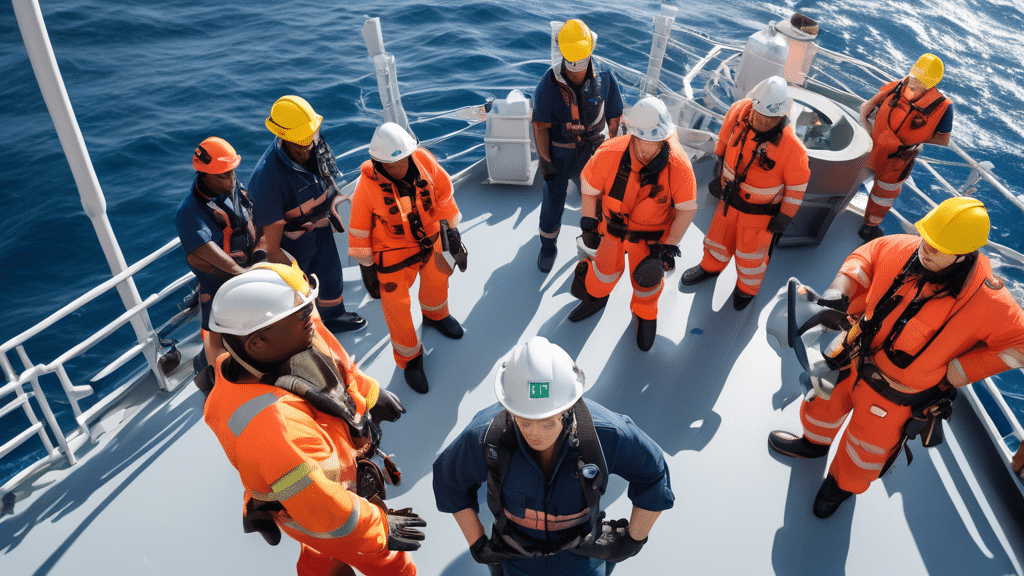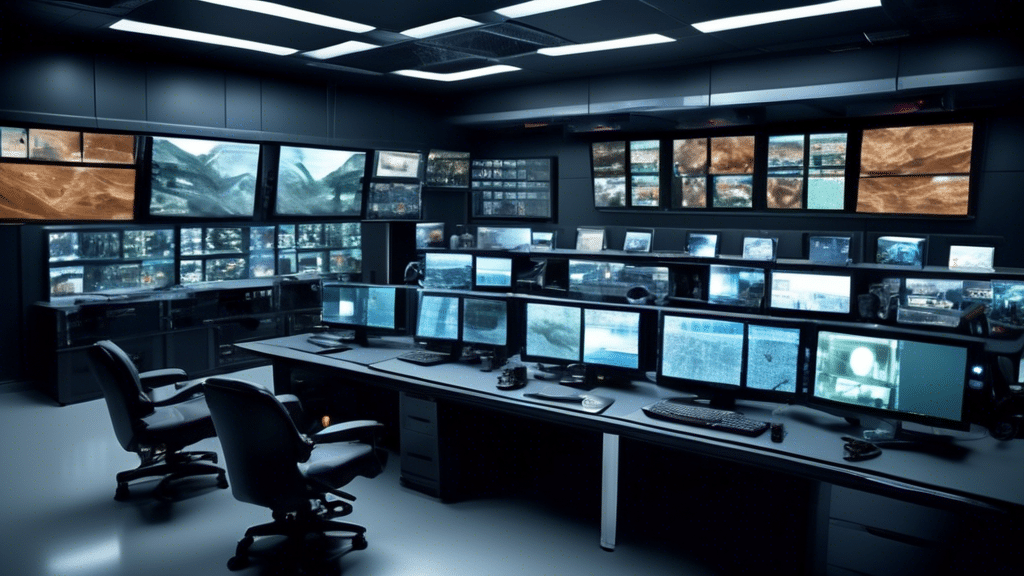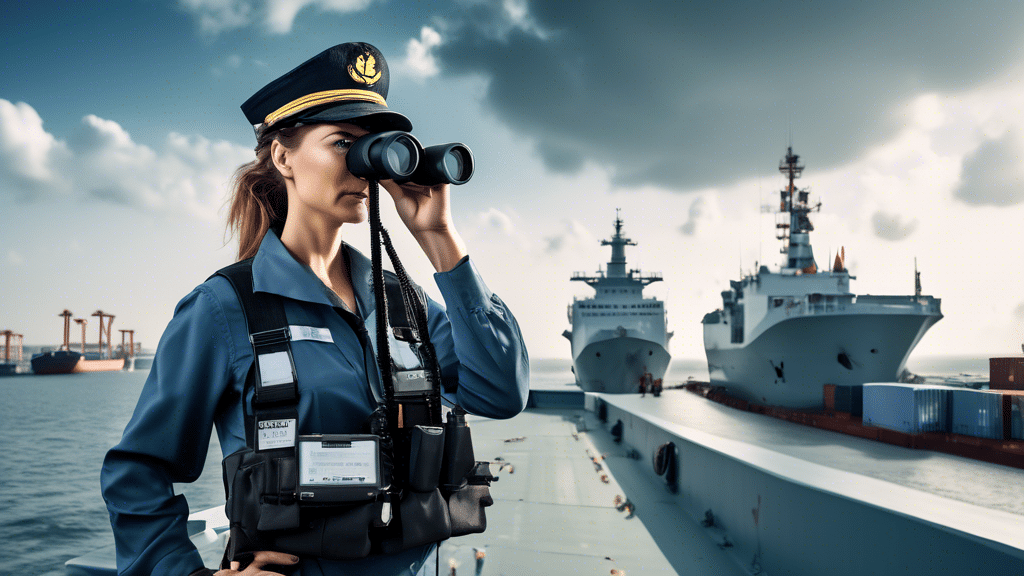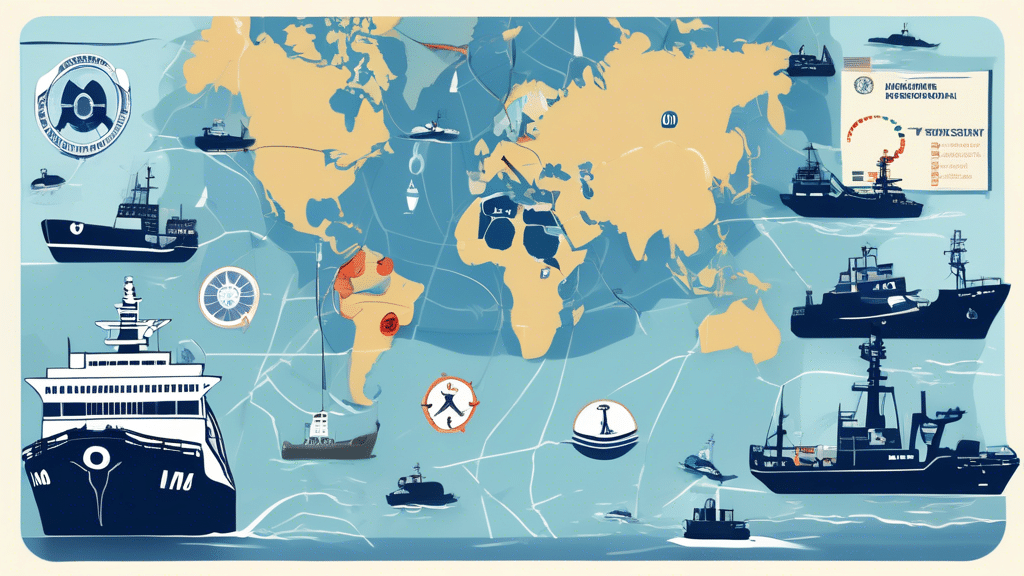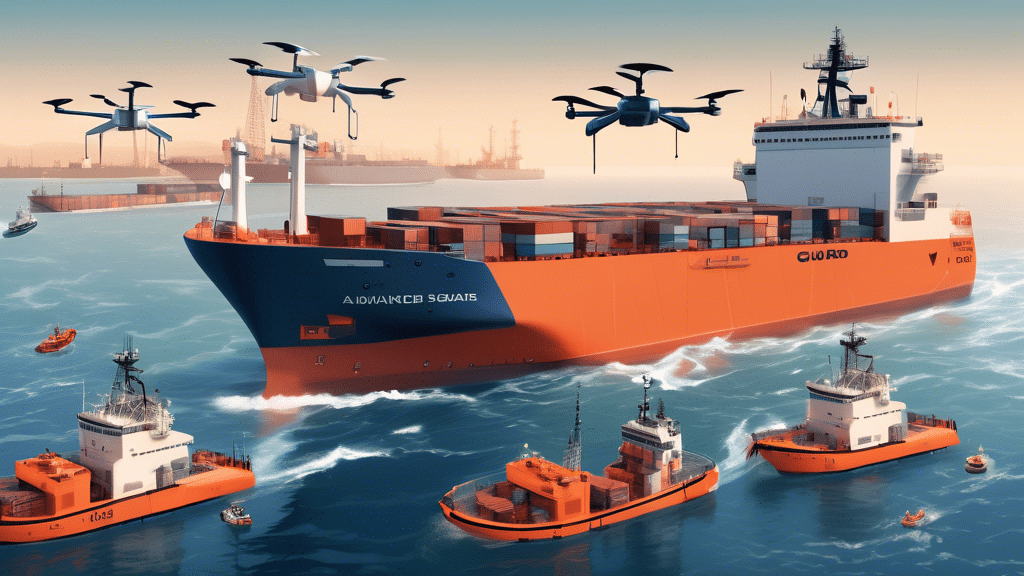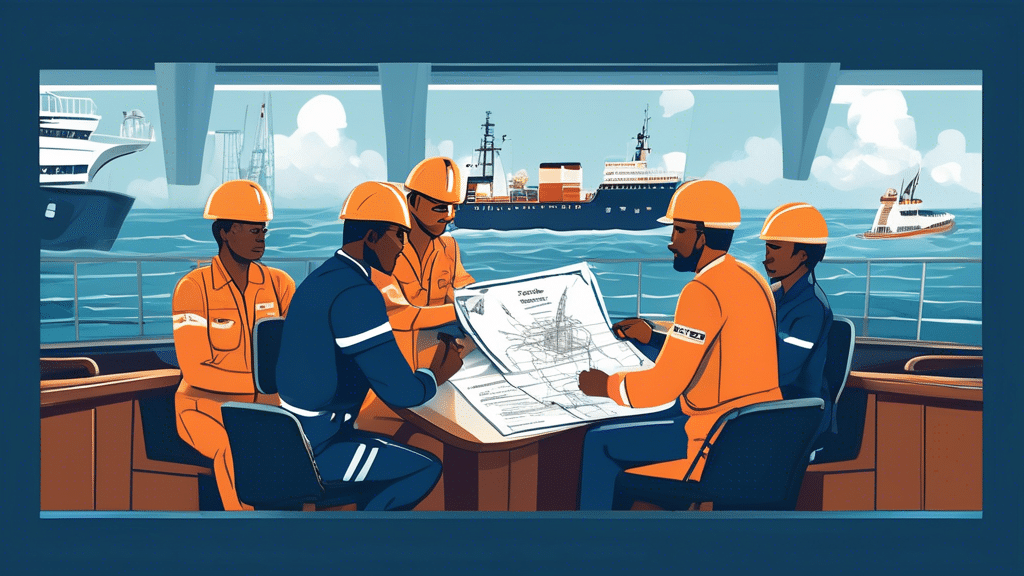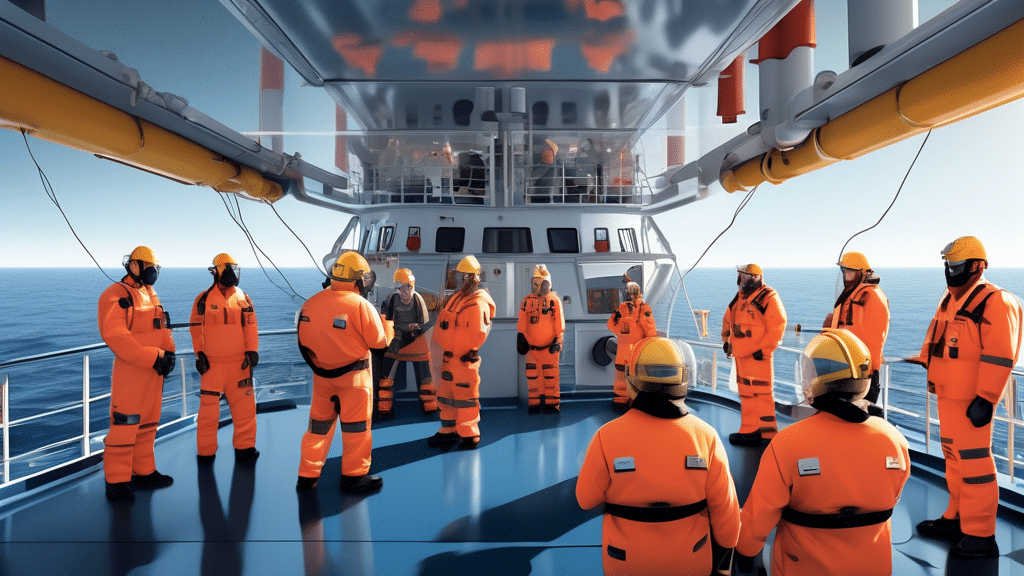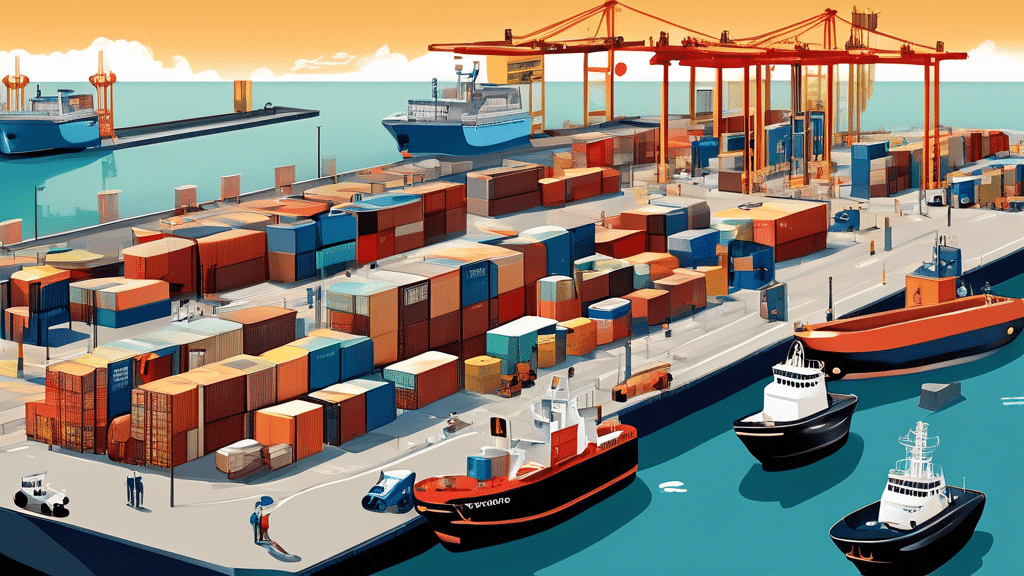The maritime industry is subject to unique operational risks due to its inherent nature of being on open waters. From mechanical failures to adverse weather conditions, the potential for emergencies is significant. As such, preparing for these emergencies through robust training and effective response protocols is essential for safeguarding lives, assets, and the environment.
Importance of Maritime Emergency Preparedness
The unpredictability of the sea underscores the importance of being well-prepared for emergencies. Preparedness not only minimizes the immediate impacts of an emergency but also facilitates faster recovery. Effective emergency preparedness in maritime operations can lead to significant reductions in loss of life, environmental damage, and financial costs.
Key Components of Maritime Emergency Training
Comprehensive maritime emergency training involves multiple components designed to prepare crew members for various scenarios. Key elements include:
Safety Drills
Regular safety drills are crucial in helping crew members become familiar with emergency procedures. These exercises, such as man-overboard, fire, and abandon-ship drills, enable crew members to practice and refine their response actions in a controlled environment.
Personal Survival Techniques
Crew members must be trained in personal survival techniques, including the use of life jackets, life rafts, and emergency signaling devices. Understanding how to stay afloat, prevent hypothermia, and attract rescue teams are vital skills in emergency situations.
First Aid and Medical Response
Basic first aid and emergency medical response training equip crew members with the knowledge to provide immediate care to injured personnel. This training includes CPR, wound care, and stabilization techniques until professional medical help can be obtained.
Fire Fighting
Fire is a significant risk onboard vessels; hence, firefighting training is imperative. Crew members must learn to operate fire extinguishers, firefighting hoses, and other fire suppression systems. They should also be able to coordinate efforts to contain and extinguish onboard fires efficiently.
Crisis Management and Communication
Crisis management training focuses on effective communication, leadership, and decision-making during emergencies. Crew members must be adept at following and giving orders, utilizing communication equipment, and maintaining calm under pressure.
Developing and Implementing Response Plans
Having well-defined response plans ensures structured and efficient handling of emergencies. Key steps in developing response plans include:
Risk Assessment
Conducting a thorough risk assessment identifies potential hazards and the specific risks associated with a vessel’s operations, cargo, and routes. This helps in creating tailored response plans that address the identified threats.
Response Team Identification
Identifying and assigning roles to specific crew members ensures that everyone knows their responsibilities during an emergency. This team should include personnel trained in various aspects of emergency response such as medical aid, firefighting, and evacuation coordination.
Emergency Equipment Readiness
Regular inspection and maintenance of emergency equipment, such as lifeboats, fire extinguishers, and communication devices, are vital. Ensuring equipment is in good working condition and easily accessible prevents delays in response efforts.
Drills and Mock Exercises
Conducting regular drills and mock emergency exercises helps to test and validate response plans. These exercises should simulate realistic scenarios to evaluate the crew’s readiness and identify any gaps in the response procedures that need addressing.
Continuous Improvement
After each drill or real emergency, debriefing sessions should be held to review actions taken, assess performance, and identify areas for improvement. This feedback loop ensures continuous refinement of emergency response plans and training programs.
Technological Aids in Maritime Emergencies
Technology plays a crucial role in modern maritime emergency preparedness and response. Some of the key technological tools include:
Global Maritime Distress and Safety System (GMDSS)
The GMDSS is an internationally agreed-upon set of safety procedures and communication protocols that vessels use to alert maritime rescue authorities in the event of an emergency.
Automatic Identification System (AIS)
AIS allows vessels to share real-time information about their location, speed, and course, improving situational awareness and aiding in collision avoidance and search and rescue operations.
Emergency Position Indicating Radio Beacons (EPIRBs)
EPIRBs are devices that transmit a distress signal to satellites, providing an accurate location of the vessel or survival craft to rescue services, ensuring a swift rescue operation.
Fire Detection and Suppression Systems
Advanced fire detection and suppression systems onboard vessels can quickly identify and respond to fire incidents, reducing the likelihood of extensive damage and improving crew safety.
Preparing for maritime emergencies requires a systematic approach that incorporates thorough training, risk assessment, and the use of modern technology. By equipping crew members with the necessary skills and ensuring the readiness of emergency equipment, maritime operators can significantly enhance their capability to respond effectively to emergencies, thereby safeguarding lives and protecting maritime assets.


